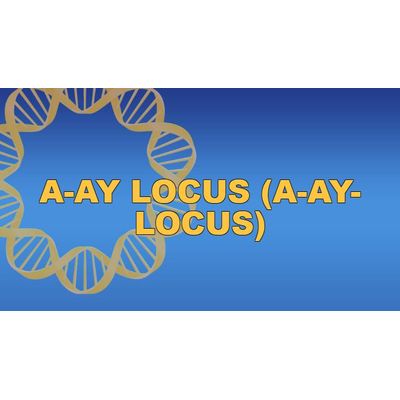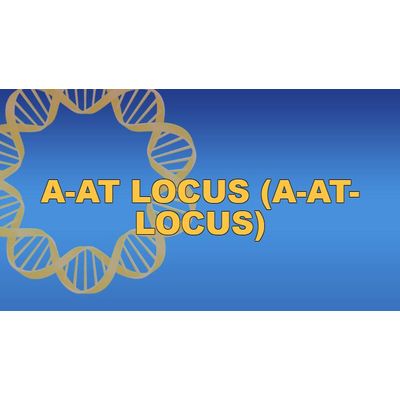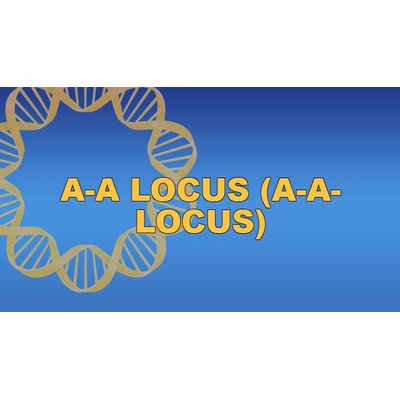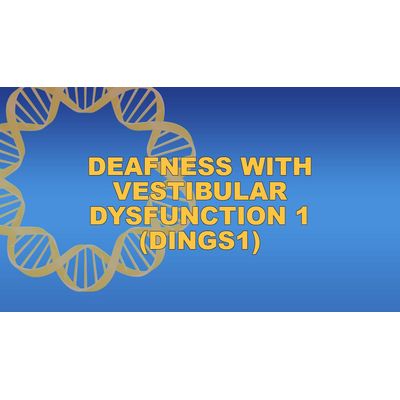
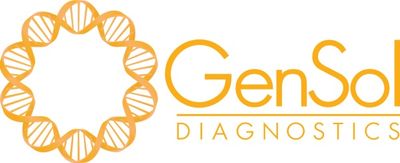
- Home
- Companies
- GenSol Diagnostics
- Products
GenSol Diagnostics products
Affenpinscher
A-Ay Locus (A-Ay-Locus)
The A Locus (agouti series) interacts closely with the E, K, and B Loci that can lead to a dog’s overall coat color and pattern. A Locus mutations are only expressed if the dog is “Clear” or “Carrier” at the E locus and “Clear” at the K-KB locus. There are three potential mutations at the A Locus that can each have a different effect on coat color. The mutations are known as A-ay, A-at and A-a and can determine whether a dog is a Carrier of sable/fawn, black and tan/tricolor/tan points coloration or a recessive form of a solid black or bicolor coat color.
A-At Locus (A-At-Locus)
The A Locus (agouti series) interacts closely with the E, K, and B Loci that can lead to a dog’s overall coat color and pattern. A Locus mutations are only expressed if the dog is “Clear” or “Carrier” at the E locus and “Clear” at the K-KB locus. There are three potential mutations at the A Locus that can each have a different effect on coat color. The mutations are known as A-ay, A-at and A-a and can determine whether a dog is a Carrier of sable/fawn, black and tan/tricolor/tan points coloration or a recessive form of a solid black or bicolor coat color.
A-A Locus (A-A-Locus)
The A Locus (agouti series) interacts closely with the E, K, and B Loci that can lead to a dog’s overall coat color and pattern. A Locus mutations are only expressed if the dog is “Clear” or “Carrier” at the E locus and “Clear” at the K-KB locus. There are three potential mutations at the A Locus that can each have a different effect on coat color. The mutations are known as A-ay, A-at and A-a and can determine whether a dog is a Carrier of sable/fawn, black and tan/tricolor/tan points coloration or a recessive form of a solid black or bicolor coat color.
Coat/Color Tests
Gensol - M Locus (Merle)
A mutation in the SILV gene leads to the unique coat pattern known as “Merle” typically seen in breeds such as Australian Shepherd, Border Collie, Dachshund, Great Dane, Louisiana Leopard dog, Cardigan Welsh Corgi and many others. The Merle pattern is typically categorized as mottled patches of color on a solid or piebald coat. The Merle pattern can affect all solid coat colors including black (blue merle) and brown (red merle) coated dogs. The Merle pattern can also be described using different terms in different breeds such as “dapple” in Dachshunds. The Merle mutation can be present in various sizes which can impact expression and lead to various coat patterns including “Cryptic Merle” which does not display the Merle coat pattern even in the presence of the mutation. These dogs can appear as non-Merle but can still pass the Merle mutation to their offspring.
Disease Tests
GenSol - Deafness with Vestibular Dysfunction 1
Deafness with vestibular dysfunction (DINGS) is a neurological disorder resulting from incorrect inner ear development that prevents transmission of sounds from the ear to the brain. The disorder is also characterized by vertigo or dizziness with balance issues or issues with spatial orientation. Puppies affected with DINGS typically display head tilting and loss of balance and are typically described as “bobble-headed”. Symptoms which can vary from mild to severe can be seen in puppies with early onset in the first few weeks. A BAER hearing test from your veterinarian can provide more information as to the degree of deafness and disease impact. It is important to note that there are two mutations known as DINGS1 and DINGS2 that can result in similar symptoms with DINGS1 presenting as unilateral deafness and DINGS2 presenting as bilateral deafness.

